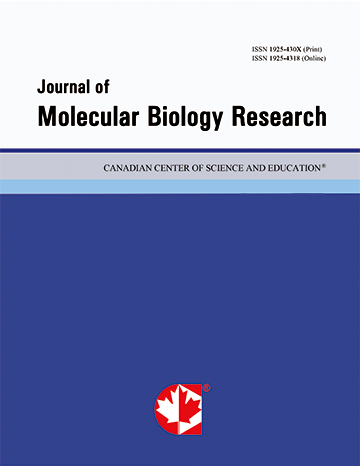The Correlation between Resistance to Antimicrobial Agents and Harboring Virulence Factors among Enterococcus Strains Isolated from Clinical Samples
- Leila Arbabi
- Mina Boustanshenas
- Mohammad Rahbar
- Ali Majidpour
- Nasrin Shayanfar
- Mastaneh Afshar
- Maryam Adabi
- Parwiz Owlia
- Mahshid Talebi-Taher
Abstract
Objectives: In Iran as well as throughout the world Enterococci have been rated as the important cause of urinary tract and nosocomial infections. The aim of this study was to evaluate the relationship between high antimicrobial resistance activity and harboring the virulence factors among clinical Enterococcus isolates.
Materials and Methods: Clinical strains were isolated from hospitalized patients. Prevalence of different virulence genes was evaluated by PCR method and the relation between resistance to antibiotics and harboring virulence genes was evaluated by statistical analysis.
Results: The results showed that E. faecalis (60%) is more prevalent than E. faecium (26%) and harboring more virulence factors. The highest resistance was related to gentamicin in both E. faecalis and E. faecium isolates with the rate of 88.7% and 93.5% respectively. Harboring esp, ace and cylA are significantly related to resistance to different antibiotics.
Conclusion: The antimicrobial resistance and virulence pattern of Enterococcus must be constantly monitored in order to choose the best antimicrobial treat and prevent nosocomial infections.- Full Text:
 PDF
PDF
- DOI:10.5539/jmbr.v6n1p35
Index
Contact
- Grace BrownEditorial Assistant
- jmbr@ccsenet.org
